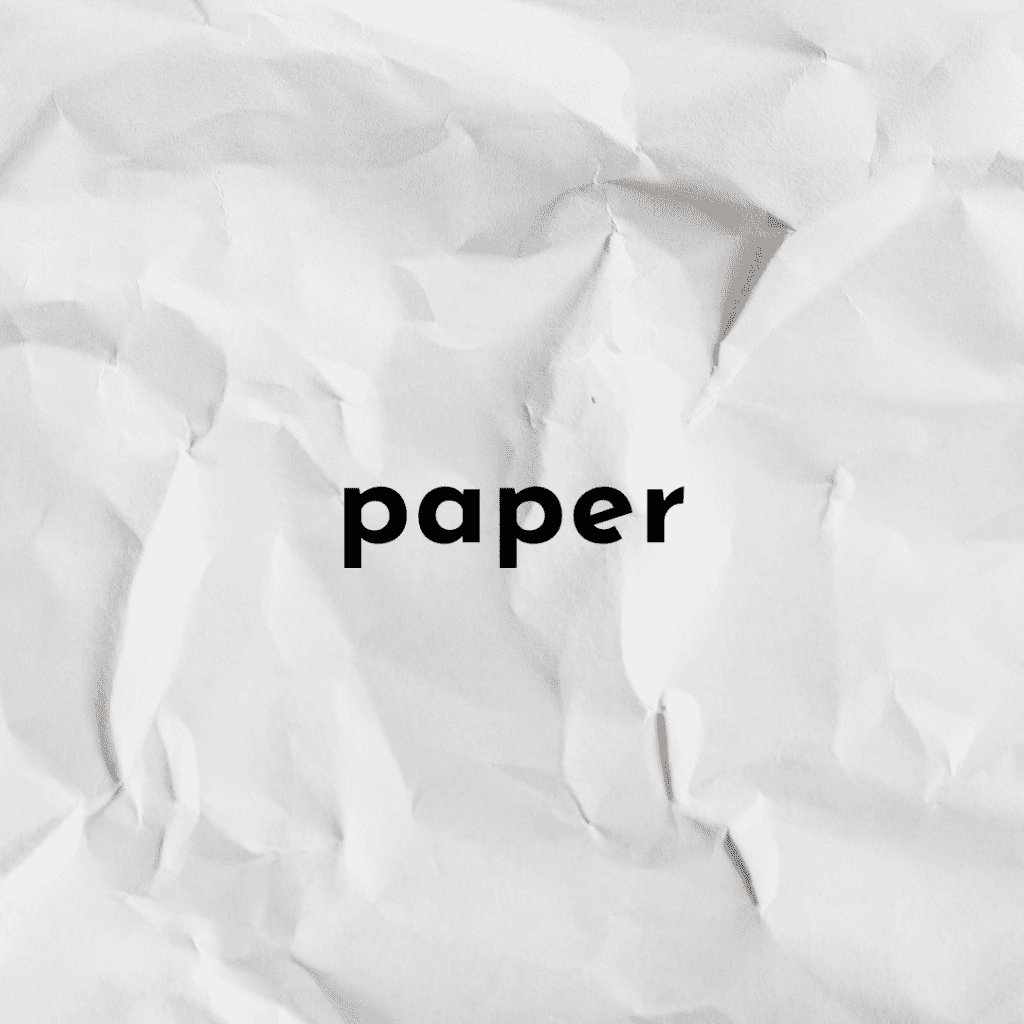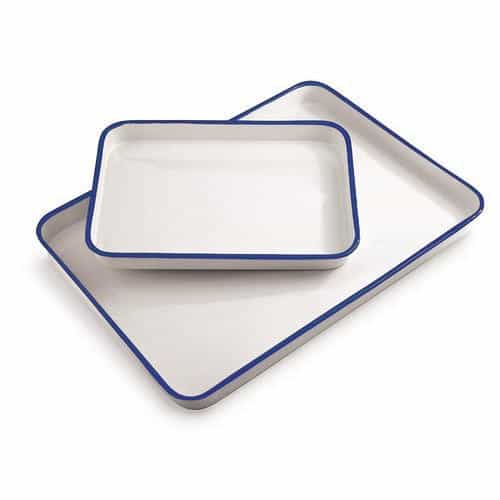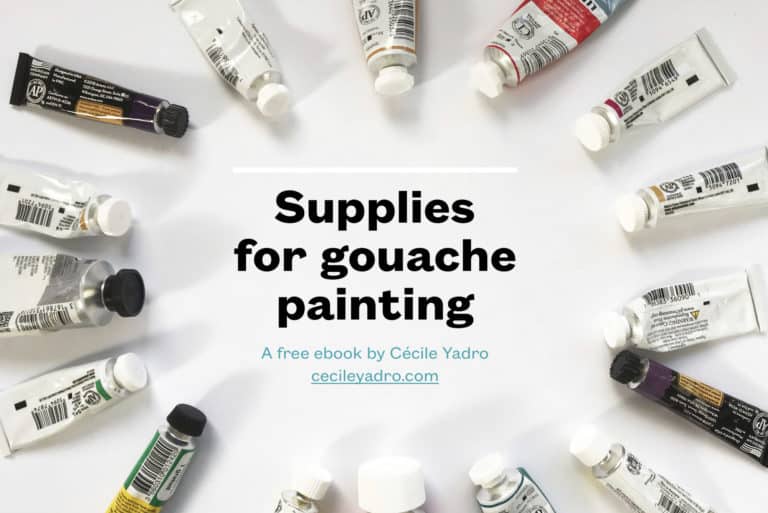How to choose your painting palette
How to choose your painting palette? When it comes to paint palette, everyone has their preference. If you paint with oil, gouache, acrylic or watercolor, you’ll find some useful tips here.
Here are some materials you can use for your palette, with pro and cons for each one.
Table of Contents
WOOD
PRO
It’s easy to find. They sell some ready made palettes in art stores.
If you do it yourself, you must varnish the wood with a heavy varnish, like the one used on boats.
It’s light enough to be portable
It comes in different sizes so you can really go big
The best one if you like to work standing, with your palette in your hand
CON
Not always easy to clean.
After some time the color will bleed in the wood and leave stains.
The color of the wood may be disturbing when mixing paints
Doesn’t work for watercolor

Ceramic
PRO
It’s sold in art supplies stores, with different shapes, including small buckets to mix your paint. Great for watercolor!
You can use a plate as well, so it cost nothing
Very easy to clean!
CON
It’s quite heavy
It’s small so if you need a large mixing area it’s not the best one
Might be too slippery for some paints
It may break

Cardboard
PRO
It’s free, so to speak
Works for acrylic
You don’t need to clean it, just throw it away after use!
Very portable
Great for last minute painting emergency!
CON
It’s not suitable for oil painting and gouache as the paint will bleed inside.
Doesn’t work for watercolor
The color may be disturbing for mixing paints

Paper(s)
PRO
You can buy disposable paper palettes in art supplies stores. It comes in different sizes, and with a hole for your thumb as well, if you like to hold your palette.
You can also use Tyvek enveloppes that you cut and open
Regular paper can be fine for acrylic
Very light, so very portable
CON
Not very eco-friendly if you throw it away each time
Might be expensive in the long run if you buy disposable palettes
Doesn’t work for watercolor

Glass
PRO
Transparent, so you can place a grey or white paper under for mixing paints
Very easy to clean
Suitable for oil, gouache and acrylic
You may look for heat-tempered glass in the hardware store, so it’s (almost) impossible to break. And edges will be soft too.
CON
Heavy, not portable
May break
Edges can be really sharp and cut!
Doesn’t work for watercolor

Floor tile
PRO
You can select a light color like white, cream or grey
Cost almost nothing if you use one from your home work or you can get one at a very low price in hardware store
Easy to clean, if you get a varnished one
CON
Heavy, not portable
May break
Doesn’t work for watercolor

Plastic
PRO
Comes in a large variety of shapes and sizes
Light, very portable
Easy to clean
Great for watercolor
Not very expensive
CON
Some colors will stain the plastic, for ever!
Not great for mixing oil, gouache or acrylic, as the wells are really small.

Enamel tray
PRO
White background, great for mixing
Won’t break
Light, portable
Comes in different sizes
Not very expensive
CON
Doesn’t work for watercolor, poodles will merge together
Limited size

And I add from my Instagram followers:
- your hand or your legs, for gouache I assume
- oven paper taped on a hard surface that you can throw away after painting (great for oil painting)
- plexiglass for plein air
- Sta-Wet palette that I forgot, ideal for acrylics
Here are some examples of palettes, I’m sure there is more out there!
But what I know is that you’ll certainly need several palettes, as a single can’t solve all the problems. I do have four:
– a floor tile for gouache, it’s heavy but steady and I can place it in the sink to wash it
– a large heat-tempered glass with rounded edges for oil painting so I have a lot of space for mixing colors. I clean it with a scraper
– the lid of my tinbox for watercolor when I paint plein air
– an airtight palette with mixing tray for gouache plein air






